Gastroduodenitis is a very unpleasant disease associated with inflammation of the mucous membrane of the stomach and duodenum. How to treat the disease? Why is it dangerous? Do I need to follow a diet? All this is described in this article.
Causes of the disease
There is such a phrase: "All diseases are from nerves." And gastroduodenitis from this number. The main causes of the disease are as follows:
- Constant stress.
- Improper nutrition.
- Alcohol consumption.
- Smoking.
No matter how trite, but inflammation can be defeated with the help of drugs and subject to a diet. Diet for gastroduodenitis is the most important component of treatment.
When gastroduodenitis occurs, the acidity of the gastric juice increases or decreases. This leads to the fact that the digestion of food becomes difficult. The protective mucous layer of the stomach is destroyed. As a result, the protective properties decrease, and bacteria begin to multiply in the body. First of all, the bacterium Helicobacter pylori. It is its activity that leads to the gradual development of inflammation of the gastric mucosa and inflammation of the duodenum.
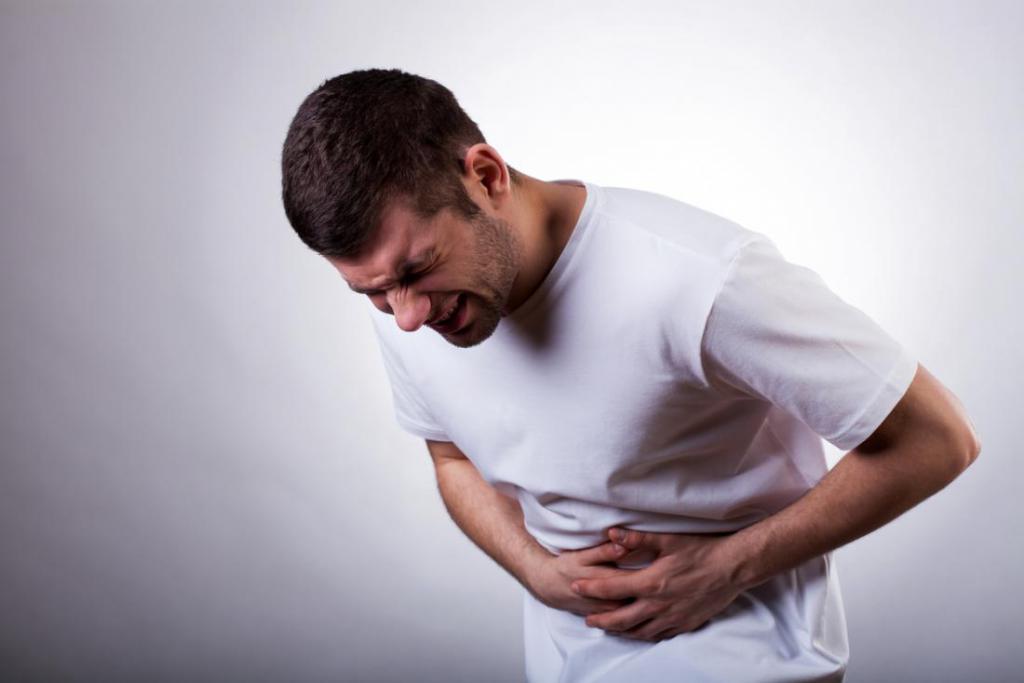
Types of gastroduodenitis
The disease is chronic and acute. The acute form of gastroduodenitis is not as common as chronic. In the acute development of the disease, urgent medical attention is needed.
As for chronic gastroduodenitis, its symptoms are as follows:
- A feeling of heaviness and an overflowing stomach.
- Sensation of bitterness in the mouth or metallic taste.
- The tongue is covered with a white coating.
- 2-2.5 hours after eating, aching pain may occur. It is accompanied by nausea, and if artificial vomiting is caused, relief comes.
- Constipation or diarrhea.
As a rule, exacerbation of chronic gastroduodenitis occurs in the autumn-spring period.
What is the disease dangerous?
With prolonged ignoring of the manifestation of symptoms and without proper treatment, gastroduodenitis can turn into ulcerative. Or a duodenal ulcer will develop. And from ulcers to oncology is not so far away. Therefore, if you find such symptoms in yourself, it is recommended to urgently visit a medical institution.
How to identify gastroduodenitis?
First of all, you need to do a gastroscopy. This procedure will help detect mucosal edema, hypermia, edema and erosion. A visit to the gastroenterologist will not be superfluous. He will prescribe the necessary medications and recommend a diet for gastroduodenitis. In addition, you can make a histology of the material of the duodenum and gastric mucosa, as well as a Helicobacter test.
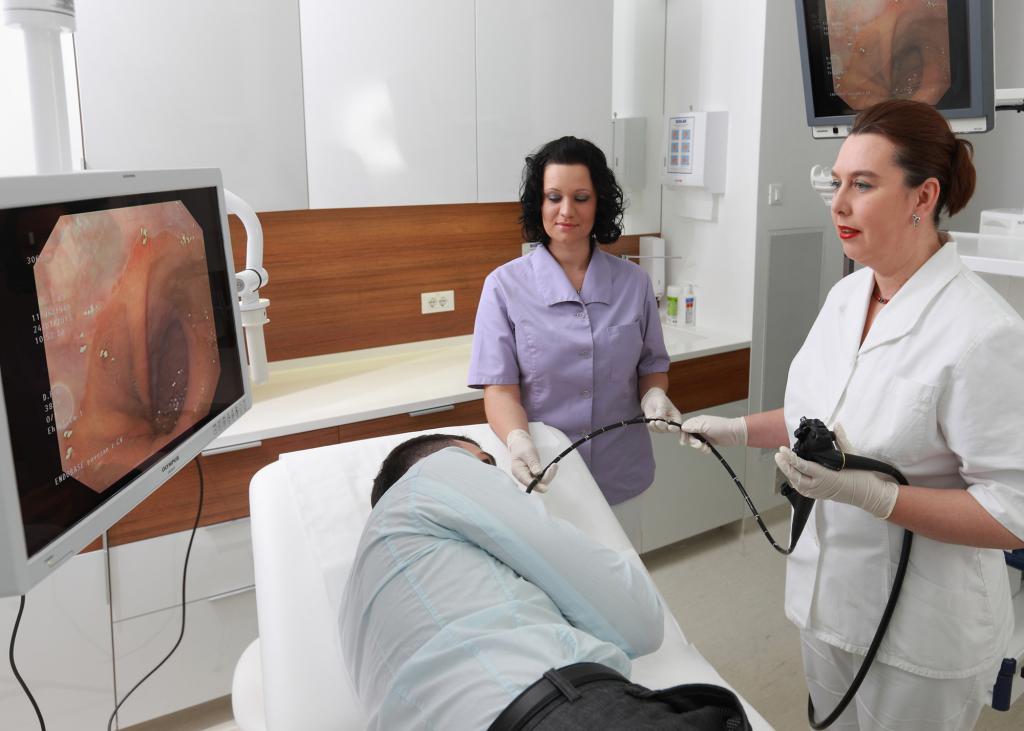
How to treat the disease?
- You must quit smoking and drink alcohol.
- Be sure to follow the diet prescribed by your doctor. Its terms can vary up to a year.
- The use of medicines prescribed by a doctor is strictly necessary.
What medications are prescribed?
Attention! This information is informative. No medication is accepted without a doctor’s recommendation!
- De Nol. It is an antiulcer drug that fights Helicobacter pylori. It is prescribed for patients with peptic ulcer of the stomach and 12-gut, with chronic gastritis and gastroduodenitis.
- Klacid. Fights Helicobacter.
- "Emanera." It fights gastric ulcer and duodenal ulcer.
- Linex Helps to calm the intestinal microflora, stimulates the intestines.
- Espumisan. Beneficial effect on intestinal function.
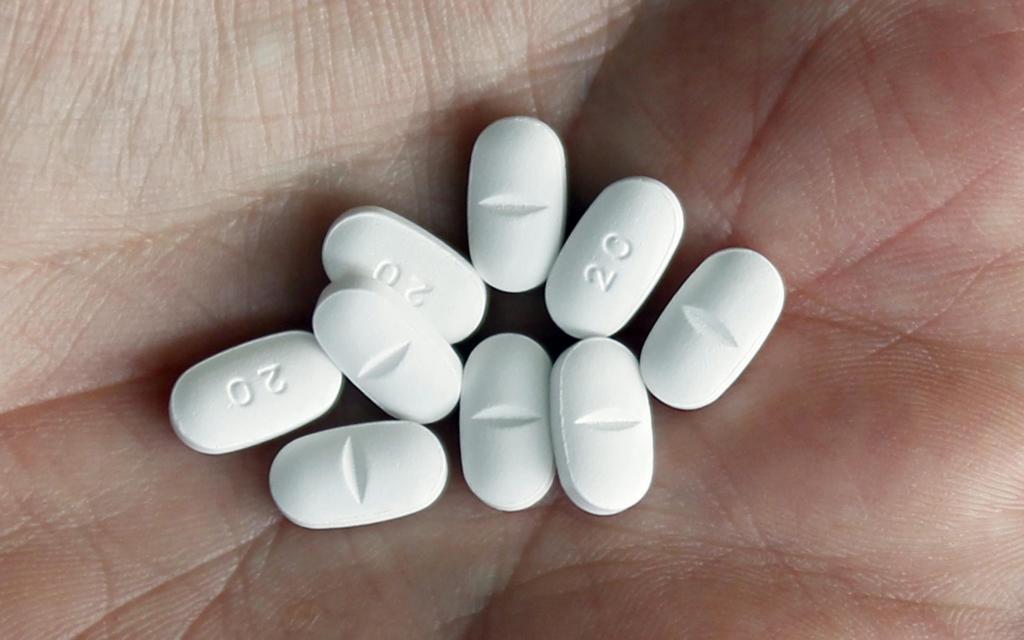
Dieting
The diet for gastroduodenitis must be observed. She is the first assistant in the fight against the disease. What is a therapeutic diet? This is the kind of food that is prescribed to patients with various diseases. In another way, medical nutrition is called a table. There are several types of tables.
Table number 1
This is a therapeutic food for gastroduodenitis, chronic gastritis, as well as peptic ulcer. The daily diet contains about 3000 calories and is sparing for the digestive tract. Per day consumed 100 grams of protein, the same amount of fat and 400 grams of carbohydrates. Patients adhere to such a diet for about six months.

Allowed Foods
What to eat with gastroduodenitis? The basis of the diet is soups and viscous cereals. Soups are cooked only on vegetable broths, and all ingredients are wiped or passed through a blender. It is allowed to use milk soups with noodles, cream soup and soup puree.
As for cereals, here should be preferred semolina and oatmeal, buckwheat kernel. You can also cook soups from buckwheat.
Meat can be eaten. But only non-greasy varieties and after a certain type of heat treatment. Chicken, turkey, rabbit meat are allowed in the diet. They should be steamed or boiled. It is forbidden to fry and stew foods in compliance with table No. 1.
Soufflé, meatballs and steam cutlets can be made from pre-rolled meat. Salt addition should be limited.
Low-fat fish is used in boiled form. She is taken from the bones. Also, fish steam cutlets or meatballs are prepared from it.
Of bread, only wheat is allowed. It should be either dried or yesterday. Fresh bread is excluded from the diet.
Allowed Vegetables and Fruits
The following vegetables are allowed for gastroduodenitis: potatoes, beets, carrots, green peas, cauliflower. Vegetables are boiled or steamed, then they are rubbed and served to the patient in the form of mashed potatoes. Of ungrated vegetables, only red tomatoes are allowed. At the same time, tomatoes should not be acidic.
As for fruits allowed for gastroduodenitis, these are apples, peaches, bananas, nectarines. Apples can be baked with low-fat cottage cheese and a drop of honey. They should not be acidic. The remaining fruits are thoroughly washed and served in peeled, crushed form.
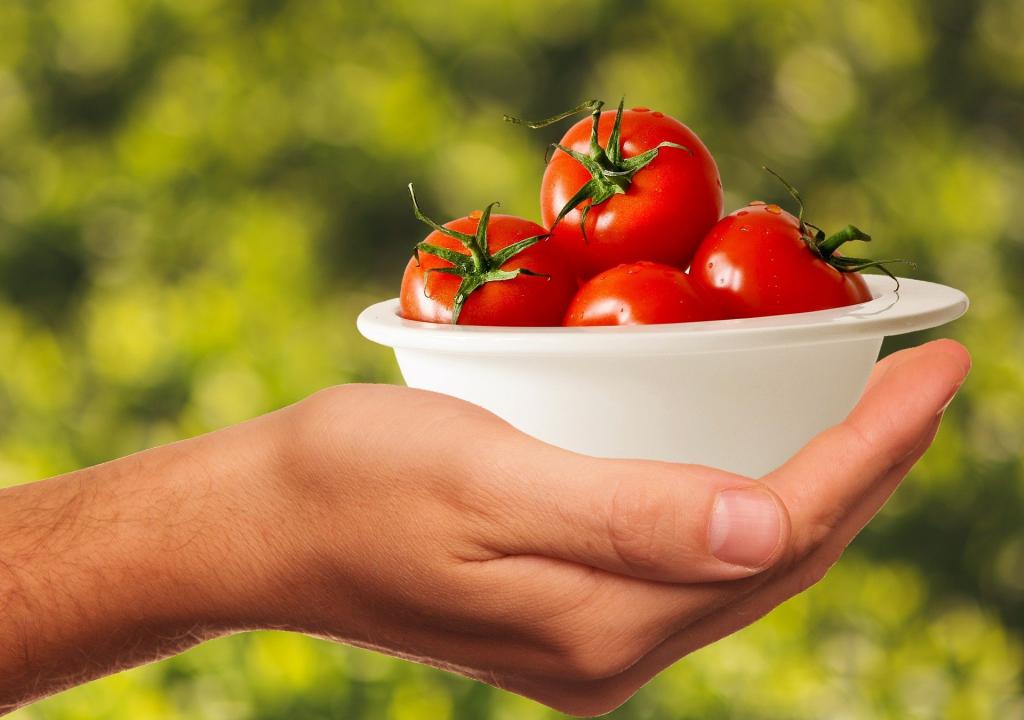
Sweet dishes
Is it possible with gastroduodenitis honey and other sweets? Subject to a sparing diet, it is allowed to eat honey, jam, marshmallows, marshmallows, jellies and biscuits like "Maria". Of course, you can not lean on sweets. But twice a week, you can afford to please the body.
Approved Product Table
Below is a list of products allowed with diet No. 1. For convenience, a table is compiled.
Fruits | apricot | bananas | apples | nectarines | peaches | melon | |||
| Vegetables | potatoes | carrot | beet | not sour tomatoes | cauliflower | ||||
| Berries | Strawberry | raspberry | watermelon | ||||||
| Cereals | cereals | decoy | buckwheat | ||||||
| Meat | beef | veal | rabbit | turkey | |||||
| Bread | dried wheat | ||||||||
| Confectionery | honey | jam | cracker | paste | marshmallows | jelly | |||
| Dairy products | milk | kefir | cream | sour cream | yogurt | ||||
| Eggs | soft-boiled chicken, no more than 2 pieces per day | ||||||||
| Fish, seafood | pollock | hake | navaga | blue whiting | bream | zander | flounder | cod | pike |
| Fats | butter as a dressing for soups | ||||||||
| Beverages | mineral water | weak tea with milk | chicory | apricot juice | carrot juice |
Sample menu
The diet for gastroduodenitis and the menu for the week are given below. The menu is conditional, it is allowed to use other products and dishes allowed by the list.

The diet consists of 5-6 single meals. It must be thoroughly chewed. Long breaks in food (4 hours or more) are unacceptable. Food is taken every 2.5-3 hours.
Monday:
- Breakfast: oatmeal porridge, mineral water.
- Second breakfast: soft-boiled egg.
- Lunch: milk soup with thin noodles, steam chicken cutlets, a decoction of apples.
- Snack: mashed buckwheat porridge, decoction of apples.
- Dinner: semolina porridge on the water, tea with the addition of low-fat milk.
Tuesday:
- Breakfast: boiled low-fat fish, oatmeal porridge, decoction of apples.
- Second breakfast: baked apple.
- Lunch: mashed buckwheat soup, steamed meat patties, mashed kernels, tea with the addition of low-fat milk.
- Snack: dried wheat bread, marshmallows - 1 pc.
- Dinner: mashed potatoes with boiled carrots, tea with the addition of low-fat milk.
Wednesday:
- Breakfast: cottage cheese with honey, tea with milk, oatmeal porridge in milk.
- Second breakfast: baked apple or applesauce.
- Lunch: soup on a vegetable broth with mashed vegetables, a slice of boiled pollock, mashed kernels, tea with the addition of low-fat milk.
- Snack: cottage cheese with honey, kissel.
- Dinner: semolina porridge on the water, tea with the addition of low-fat milk.
Thursday:
- Breakfast: cottage cheese with the addition of a teaspoon of honey, oatmeal porridge, tea with the addition of low-fat milk.
- Second breakfast: apricot juice, dry cookies.
- Lunch: mashed kernel soup, steamed hake cutlets , wheat cracker, tea with the addition of low-fat milk.
- Snack: grated carrots with beets.
- Dinner: chicken soufflé, mashed buckwheat porridge, tea with the addition of low-fat milk.
Friday:
- Breakfast: two soft-boiled eggs, oatmeal with mashed banana, tea with the addition of low-fat milk.
- Second breakfast: carrot souffle, chicory with the addition of low-fat milk.
- Lunch: oatmeal soup with milk, boiled minced chicken with mashed kernels, tea with the addition of low-fat milk.
- Snack: apricot juice, curd soufflé.
- Dinner: semolina porridge in milk, tea with the addition of low-fat milk.
Saturday:
- Breakfast: buckwheat porridge mashed in milk, baked apple, chicory with milk.
- Lunch: boiled mashed carrots with sugar.
- Lunch: buckwheat soup with mashed turkey, veal or beef meatballs, mashed potatoes, a decoction of apples.
- Snack: sweet cottage cheese, tea with the addition of low-fat milk.
- Dinner: baked hake, mashed buckwheat, a decoction of apples.
Sunday:
- Breakfast: marshmallows, dry cookies, cottage cheese with honey, tea with the addition of low-fat milk.
- Second breakfast: baked apple with cottage cheese.
- Lunch: baked fish without a crust, mashed potatoes with butter, oatmeal soup, chicory with milk.
- Snack: souffle from chicken breast.
- Dinner: apricot juice, 2 soft-boiled eggs, semolina porridge in milk.
Here such dishes with gastroduodenitis can be included in the menu. Food, despite the limitations, does not seem meager and tasteless.
Is it possible to salt food?
If the attending physician allows, then salt can be consumed. No more than 5 grams per day.
Exacerbation of the disease
The menu with exacerbation of gastroduodenitis differs significantly from the type of diet "table number 1". The patient is prescribed bed rest and table No. 1a. With this type of food, all dishes are served in liquid form, mashed or chopped in a blender. This diet is followed for up to 2 weeks, then, according to the doctor’s prescription, they switch to table No. 1.
At table No. 1a, the following dishes are allowed:
- Mashed rice or oatmeal soups.
- Viscous porridge on the water, oatmeal and semolina.
- Baby food.
- Milk.
- Chicken and turkey.
- Rosehip broth.
The patient needs complete peace, treatment with diet and medications.
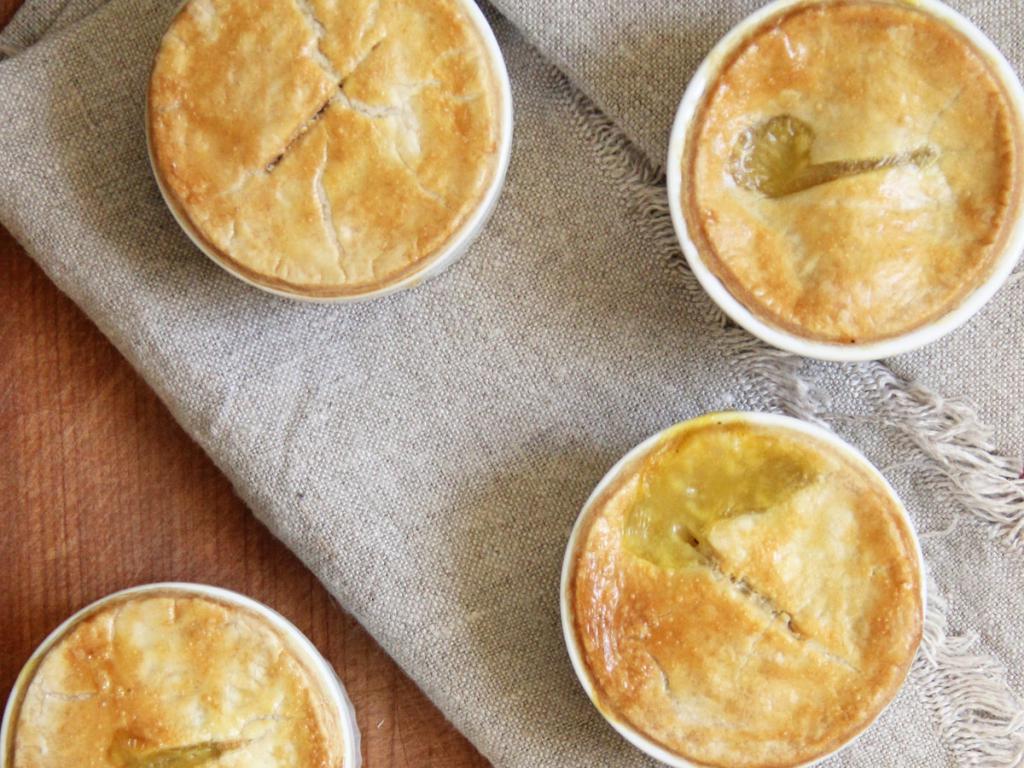
Conclusion
What do you need to remember from the article?
- Gastroduodenitis and a duodenal ulcer are treated. Do not start the disease and leave everything to chance.
- You must follow a diet. In case of exacerbation of the disease, this is table No. 1a, in chronic conditions, it is table No. 1.
- Before going to bed with chronic gastroduodenitis, it is recommended to drink a glass of warm milk.
- All drugs are taken only as directed by a specialist.
- The patient is prescribed leisurely walks in the fresh air.
If you seek the help of specialists in time and observe proper nutrition for gastroduodenitis, you can avoid numerous complications.